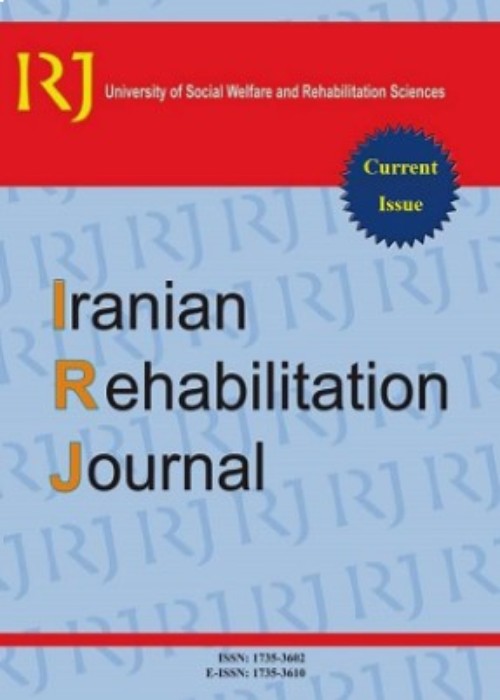Effect of Resisted Bimanual Therapy With Auditory Cues on Arm Function, Balance, and Endurance in Stroke Survivors: A Pilot Study
Upper limb motor impairment causes limited activities of daily living in stroke survivors. Bimanual therapy is based on Bimanual movement that facilitates cortical balancing by simultaneous movement of paretic and non-paretic arms while performing a task. Studies aimed at exploring the effects of resisted Bimanual therapy with rhythmic auditory cues on arm function, balance, and endurance in stroke survivors.
A pilot study was commenced after the institutional ethical committee approval. Twenty stroke survivors were randomly allocated into two treatment groups; Group A received conventional therapy along with resisted bimanual therapy with rhythmic auditory cues and group B received only conventional therapy. All patients received 14 treatment sessions within three weeks. Each session lasted for 45-60 minutes. The outcome measures used to assess hand function, trunk function, balance, gait, and endurance were Wolf Motor Function (WMFT), Trunk Impact Scale (TIS), Berg’s Balance Scale (BBS), Dynamic Gait Index (DGI), and Six Minute Walk Test (6MWT), respectively.
Pre-post-analysis in resisted bimanual therapy with rhythmic auditory cues showed statistically significant difference in WMFT (P=0.005), TIS (P=0.005), BBS (P=0.005), DGI (P=0.008), and 6MWT (P=0.003). Pre-post-analysis in conventional therapy showed statistically significant difference in WMFT (P=0.005), TIS (P=0.016), and BBS (P=0.014). Inter-group analysis of mean difference between resisted bimanual therapy with rhythmic auditory cues and conventional showed statistically significance difference in WMFT (P=0.037), TIS (P=0.003), BBS (P=0.0001), and DGI (P=0.004).
Although both groups showed improvement individually in arm function, balance, and functional capacity among stroke survivors, resisted bimanual therapy with rhythmic auditory cues showed better improvement than conventional therapy in all three components: arm function, balance, and functional capacity in stroke survivors.
- حق عضویت دریافتی صرف حمایت از نشریات عضو و نگهداری، تکمیل و توسعه مگیران میشود.
- پرداخت حق اشتراک و دانلود مقالات اجازه بازنشر آن در سایر رسانههای چاپی و دیجیتال را به کاربر نمیدهد.


